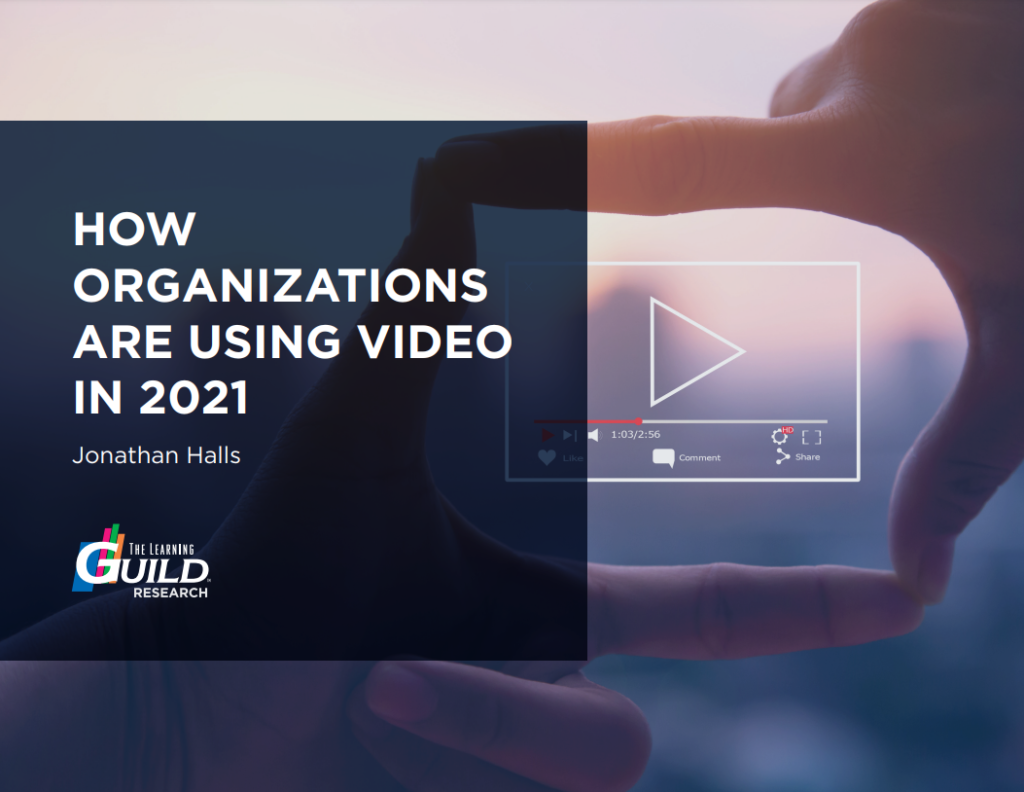David Kelly’s Curated L&D Content for the Week of 1/3/22

Over 18 months ago I updated the opening copy for my weekly curation to highlight resources that can help us navigate the pandemic, as well as the usual resources that can help enhance our work as learning professionals. Who would have thought a year later we’d still be looking at our work through that dual-lens.
While there’s light at the end of the tunnel with COVID-19, its effects will last for some time after the pandemic ends. Each week’s curated resources will continue to focus on everyday knowledge and skills as well as resources focused on navigating the ever-evolving nature of the pandemic and its after-effects.
Here’s a summary of this week’s content:
- Tools that you should consider adding to your elearning workbench
- A reminder of the important role reflection plays in our work
- Great games that can help you better understand AR
- Tips on how to improve your listening skills
- Myths about the brain that can affect how we view learning
Extra Tools for eLearning Design and Development
When we think about elearning tools, our minds tend to default to authoring tools and the platforms that host content. But there are a host of additional types of tools that can (and should) be used to develop learning programs. This post by Bill Brandon explores some of the different tool categories IDs should be exploring, and shares a number of great resources that can surface new tools to add to your workset.
Time for Reflection
Reflection is a critical component of learning, but it’s also something that often falls off the table in the interest of “work”. This post by Clark Quinn challenges looking at reflection through that lens, and provides an important reminder about creating space for reflection in your own work.
Top Ten AR Videogames
Augmented reality is slowly emerging as a transformative way to interact with the world around us. But like riding a bicycle, a true understanding of what AR is comes through actually experiencing augmented reality. One of the easiest ways to do that is through gaming, and this post by Daniel Lipscombe shares some of the best AR gaming experiences currently available.
How to Become a Better Listener
Listening is a key part of every L&D professional’s work. While most would agree that listening is important, few actually focus on developing it as a skill. This post by Robin Abrahams and Boris Groysberg explores the world of listening and provides a host of valuable tips that can improve your skills. Whether this post provides you with new tips or just a reminder of things you already know but don’t think about enough, this is a good read.
That Is Not How Your Brain Works
There are a number of popular myths that affect how L&D professionals approach their work. Many of these myths are well-documented in the L&D space, but other myths exist outside of L&D that can still affect how we approach our work. This post by Lisa Feldman Barrett explores a series of myths about how the human brain works, many of which have direct impact to assumptions about how we learn.

How Are Organizations are Using Video?
What types of videos do organizations use for learning? How are others overcoming common barriers to video use? What does the future of video look like in the L&D industry?
Video is a wide-ranging topic and the way it is defined, produced, and integrated into learning strategies varies from organizations, to practitioners. We surveyed learning professionals from around the globe to see how they are using video learning content. Video learning content is increasing significantly in L&D, with almost half of our respondents saying video constitutes more than half of their learning content. Make sure your organization is up to date on this emerging topic!
In this report, Jonathan Halls uncovers some challenges and key themes that appear in organizational video use. Use this report to see how your use of video compares to others in the industry; plus, review action items to help you overcome common barriers.

Leave a Reply